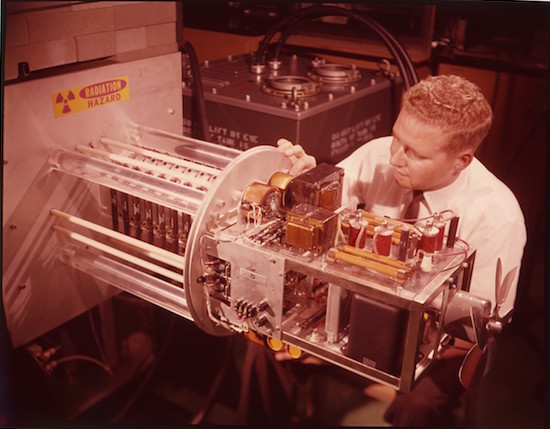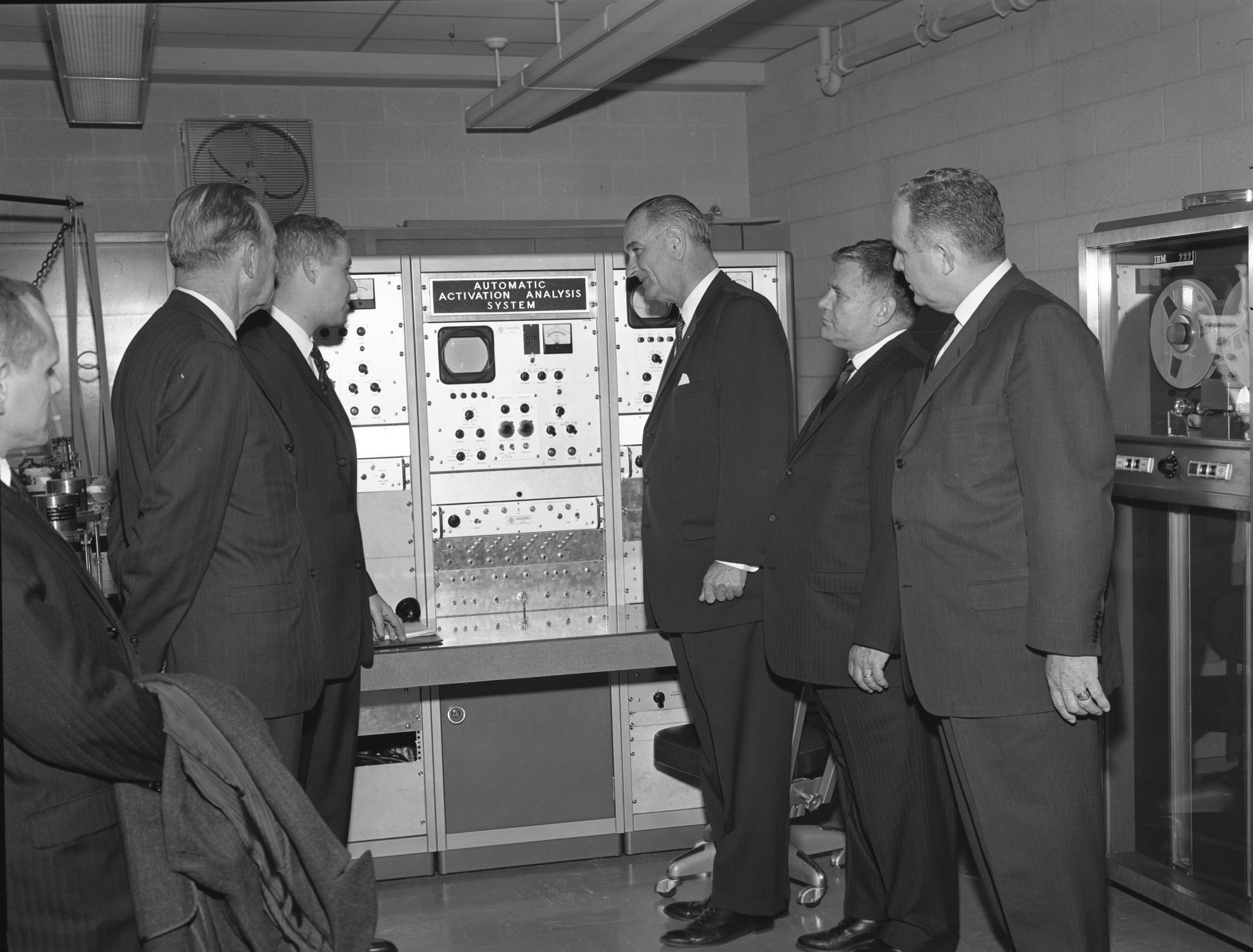

The Elemental Analysis Laboratory at Texas A&M University is a component of the Department of Chemistry's Center for Chemical Characterization and Analysis. The laboratory provides research support in the area of elemental and trace analysis, as well as, service analyses for TAMU researchers, other academic and government agencies and private industry. Our lab is distinguished in that we feature fast neutron activation analysis (FNAA) capabilities in addition to thermal instrumental neutron activation (INAA) using the University's Nuclear Science Center 1 MW TRIGA research reactor. In addition, the laboratory provides training and access to a state-of-the-art inductively-coupled plasma mass spectrometer (ICP-MS). The ICP-MS has been fitted with both conventional sample introduction hardware for solution work, as well as, a 213 nm laser ablation system for studying solids and surfaces. The laboratory is extensively used to benefit a wide variety of research programs, reporting some 50,000 measurements completed each operational year.
Dr. Tomlin obtained his doctorate in chemistry at Michigan State University where his dissertation was in the area of nuclear structure studies. After completing his degree, Dr. Tomlin spent five years as a research chemist in the Analytical Chemistry Division at National Institute of Standards and Technology (NIST) where he focused on the development and application of NAA for characterizing Standard Reference Materials. He then joined The Dow Chemical Company as a senior R&D chemist in the Analytical Sciences unit, applying NAA in support of varied R&D projects. In 2015, Dr. Tomlin joined the Texas A&M University Center for Chemical Characterization and Analysis as the laboratory manager. His research interests include standardized methods for improving data quality and approaches for increasing laboratory automation.

For over 50 years, Texas A&M has had a pioneering role in the elemental characterization of materials with its leadership in neutron activation analysis (NAA). Research in NAA at Texas A&M started in 1958 with the founding of the Activation Analysis Laboratory (AARL) by Dr. Richard Wainerdi. His leadership quickly established the AARL as one of the field's pre-eminent laboratories worldwide. The AARL, among its firsts, performed critical material characterization for semiconductor innovation at the Texas Instruments Corp. and in the mid-1960s developed an NAA lunar probe[1], which leap-frogged the contemporary remote chemical analysis capabilities. The latter success prompted a visit by Wernher von Braun and President Lyndon Johnson.

The AARL evolved in 1972 into the Center for Trace Characterization, which, in turn, became the Center for Chemical Characterization and Analysis (CCCA) in 1985. Under the direction of Dr. Emile Schweikert, the updated names reflected an expanding array of instrumentation and techniques in response to growing needs in different areas of chemical analysis across Texas A&M. The deep-seated expertise in NAA remained within the Elemental Analysis Laboratory (EAL), a component of the CCCA, throughout these transformations.
As manager of the Elemental Analysis Lab from 1980 until his retirement in 2015, Dr. William Dennis James established a robust NAA program that incorportated both TAMU and external research collaborations, as well as, governmental and industrial partnerships. The breadth of NAA applications is evident in a sampling of Dr. James' collaborative research: archeology/anthropology, oceanography, forensics, nano-medicine, veterinary medicine, and horticulture. Notable publications from this period include a significant NAA study[2] of bullets from the same lot used by Lee Harvey Oswald when he assassinated President Kennedy. Dr. James was recognized for this work with the 2008 "Statistics in Physical Engineering Sciences Award"[3][4] by the American Statistical Association.
Beginning in the 1990s and continuing into the present, demand for a special type of NAA--called fast neutron activation analysis (FNAA)--increased significantly. FNAA has been an area of expertise for the Lab, going all the way back to our roots as the AARL. The skills to operate and maintain a 14-MeV neutron generator, which is a special type of instrument required for FNAA, has remained in our lab for its entire history. In order to meet our customers' needs, we currently operate two 14-MeV neutron generators, which go by the playful names of 'Tex' and 'Arky'.
In 2015, Dr. Bryan Tomlin became manager of the EAL. Now in its third generation of leadership, the EAL remains committed to its original mission.
[2] Ann. Appl. Stat. Volume 1, Number 2 (2007), 287-301.
[3] Statistics in Physical Engineering Sciences Award
[4] Texas A&M Statistician Probes Bullet Evidence in JFK Assassination